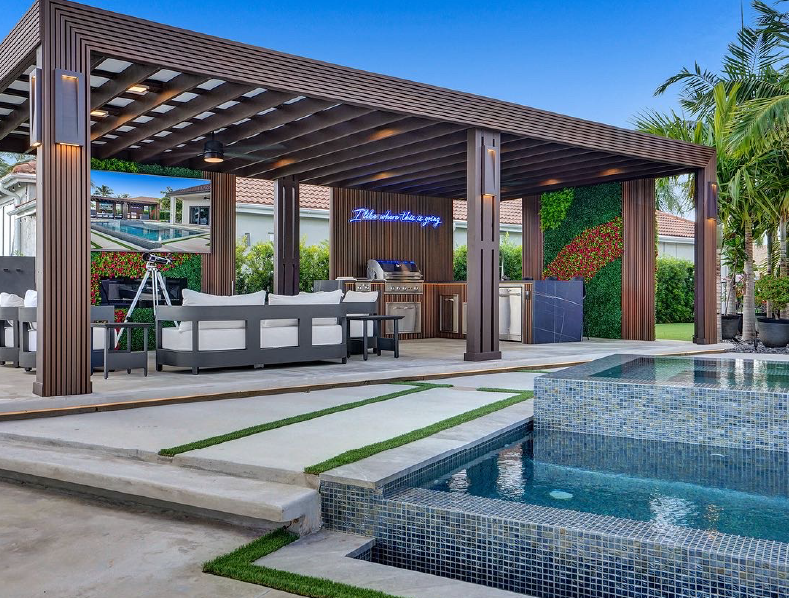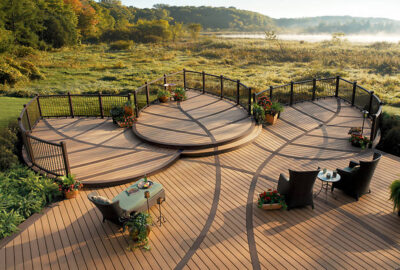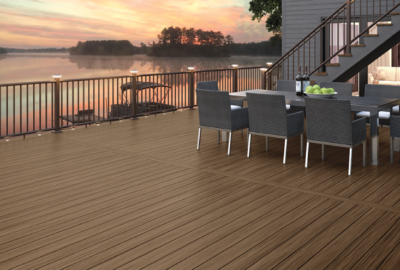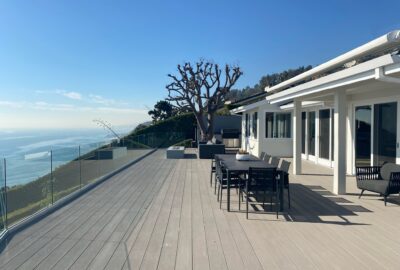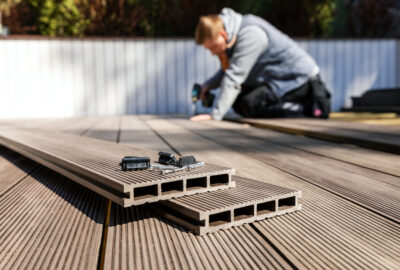Composite Decking
Composite Materials: A Complete Guide to Decking and Fencing Solutions
The lumber industry has long been the backbone of construction and outdoor living. From building homes and framing structures to crafting decks and fences, lumber has been the material of choice for centuries. But in recent decades, a new competitor has emerged that is reshaping how we think about outdoor materials: composite products.
Composite materials are designed to simulate the natural beauty of wood but offer the strength and resilience of modern plastics. They are now widely used in areas traditionally dominated by lumber, such as decking, fencing, railing, pergolas, and cladding. As demand grows for sustainable, long-lasting, and low-maintenance solutions, composites are becoming an essential part of the lumber industry’s future.
This guide explores what composite materials are, how they connect to the lumber sector, and the many ways they are being used in outdoor living and structural applications.
What Are Composite Materials?
Composite materials are made by blending wood fibers (often reclaimed sawdust or shavings from lumber mills) with recycled plastics such as polyethylene (PE), polypropylene (PP), or PVC. These ingredients are combined and molded into boards that mimic the appearance of natural wood while offering greater durability and performance.
The lumber industry plays a vital role here. Much of the wood fiber used in composites comes directly from sawmills, where leftover wood products are recycled instead of being wasted. This makes composites both eco-friendly and closely tied to lumber production.
Most modern composites are capped with a protective layer on either three or four sides using virgin plastic. This capping technology enhances resistance to moisture, UV rays, staining, and surface wear. Virgin plastic is essential because it ensures consistent color throughout the boards, allowing composites to maintain their appearance and last for decades.
Why Composites Are Important to the Lumber Industry
The relationship between composites and lumber is one of adaptation rather than replacement. While traditional lumber remains essential, composites expand the industry’s product offerings by:
- Reducing Waste – By using sawdust and reclaimed wood fibers from lumber mills.
- Supporting Sustainability – By combining recycled plastics with reclaimed wood fibers, composites reduce waste and give new life to materials that might otherwise end up in landfills.
- Expanding Options – Lumber companies can now offer both natural wood and advanced composites.
- Meeting Market Demand – Homeowners and businesses want low-maintenance materials, pushing lumber suppliers to diversify with composite products.
In many ways, composites are not competitors but partners to lumber, extending the life and usefulness of wood by blending it with modern materials.
Composite Materials in Decking
One of the largest growth areas for composites is decking, traditionally made from lumber such as pressure-treated pine, cedar, or tropical hardwoods.
Composite decking has become popular because it:
- Offers the look of wood with enhanced strength.
- Resists moisture, rot, and insects.
- Requires no staining, sealing, or painting.
- Comes in a wide range of colors and textures.
- Carries warranties of 25 to 50 years from leading brands.
For lumber suppliers, stocking composite decking alongside natural wood provides customers with options to match their lifestyle, budget, and maintenance preferences.
Composite Fencing: A Durable Alternative
Fencing is another area where composites are making a major impact. Traditional wood fences require ongoing upkeep and eventually rot, warp, or fade. Composite fencing solves these problems by combining wood fibers and plastics into a product that looks like wood but performs better outdoors.
Benefits of composite fencing include:
- Long-lasting beauty with minimal upkeep.
- Resistance to insects, moisture, and fading.
- Privacy and strength similar to lumber fencing.
- Wide variety of colors and styles for modern homes.
Composite fencing is especially popular in regions with hot, humid, or coastal climates where wood fencing would normally break down quickly. Lumber yards that offer composite fencing products provide customers with a strong alternative that pairs well with composite decking and railing systems.
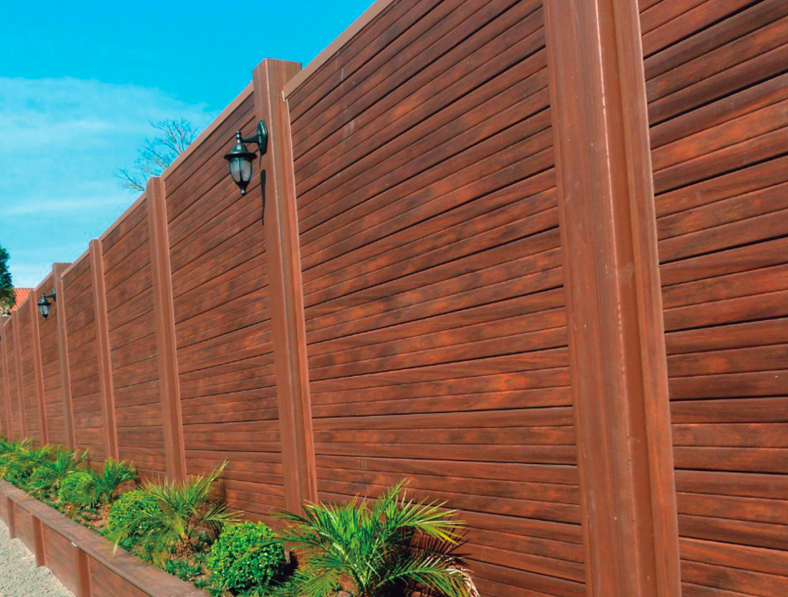
Composite Railing and Pergolas
Composites are also used in railing systems, pergolas, and outdoor structures. These products are designed to coordinate with composite decking and fencing, creating a complete outdoor living package.
- Composite railing offers the strength of wood with added weather resistance, perfect for safety and style.
- Pergolas made from composites resist warping and splitting, unlike untreated wood, and maintain their shape for years.
- Gazebos and outdoor frames built with composite lumber are ideal for homeowners who want a timeless design with less maintenance.
These products extend the lumber industry’s reach by offering customers modern building materials that fit today’s outdoor living trends.

Composite Cladding and Siding
Cladding is another fast-growing category in the lumber industry. Traditional siding materials such as cedar or redwood remain popular, but composite cladding offers greater resistance to the elements.
- Replicates the rich look of wood siding.
- Resists warping, cracking, and fading.
- Offers low maintenance with long lifespans.
- Enhances sustainability by using recycled content.
For lumber retailers, offering composite siding alongside natural lumber siding provides an expanded catalog of exterior solutions for both residential and commercial builders.

Outdoor Furniture and Landscaping Uses
Beyond decks and fences, composites are being used to build outdoor furniture, benches, planter boxes, and landscaping features. These products fit seamlessly with decking and fencing projects while providing the same benefits of durability and low maintenance.
Lumber yards and suppliers can expand their markets by including these complementary composite products, meeting the needs of customers looking for a unified outdoor design.
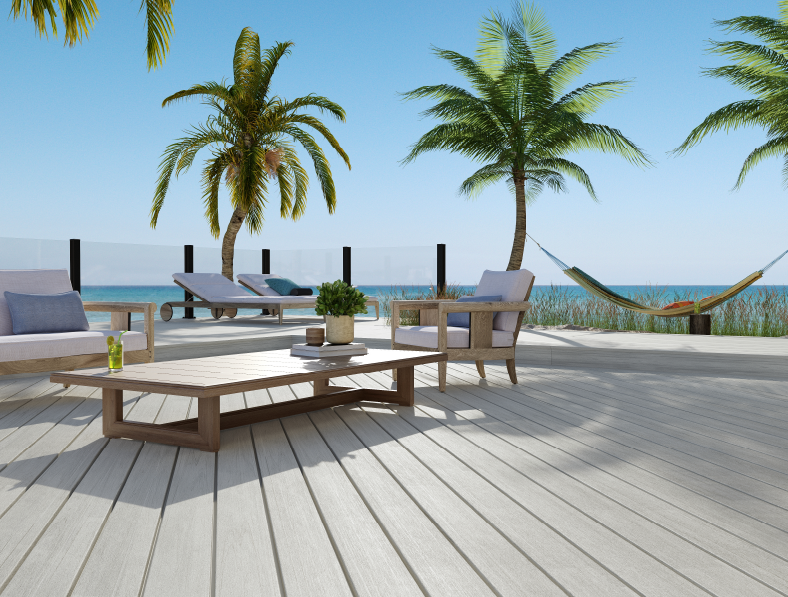
Industrial and Infrastructure Applications
Composites are not limited to homes and backyards. They are increasingly used in industrial and infrastructure projects, often in partnership with the lumber industry.
- Boardwalks and marina docks benefit from the moisture and salt resistance of composites.
- Bridge decking and pedestrian walkways use composites for strength and slip resistance.
- Factory platforms and staging areas require the heavy-duty performance of mineral-based composites.
These uses showcase composites as part of the lumber industry’s evolution into modern construction solutions.
Leading Composite Brands in the Lumber Market
Several major brands dominate the composite space, and many are sold through lumber yards and building suppliers.
Trex

- Made from 95 percent recycled content.
- Pioneer in composite decking and fencing.
- Known for capped boards that resist stains and fading.
TimberTech (including AZEK)

- Offers both capped composite and all-PVC products.
- Premium lines with warranties up to 50 years.
- Popular for decking, railing, and cladding systems.
Deckotech
- Specializes in capped composite decking and fencing.
- Designed for hot, humid, and coastal climates.
- Complements lumber selections with sustainable alternatives.
The Eco-Friendly Future of Lumber and Composites
The lumber industry and composite materials share a common focus on sustainability. By recycling wood fibers and plastics, composites reduce waste and protect forests. Lumber yards that stock composite products support a greener future while meeting customer demand for modern materials.
As technology advances, we can expect even more innovations, including fully recyclable boards and advanced manufacturing processes that make these products more efficient and eco-friendly.
Conclusion
Composite materials are not replacing lumber. Instead, they are expanding what the lumber industry can offer. By using reclaimed wood fibers and recycled plastics, composites create new opportunities for builders, homeowners, and industries alike.
From decking and fencing to pergolas, cladding, and even industrial platforms, composites provide durability, sustainability, and style that traditional wood alone cannot always deliver. For the lumber industry, embracing composites means offering customers more choices, reducing waste, and staying at the forefront of modern construction trends.
The future of outdoor living and construction lies in the partnership between lumber and composite materials. Together, they provide the beauty of wood with the performance of modern innovation.





